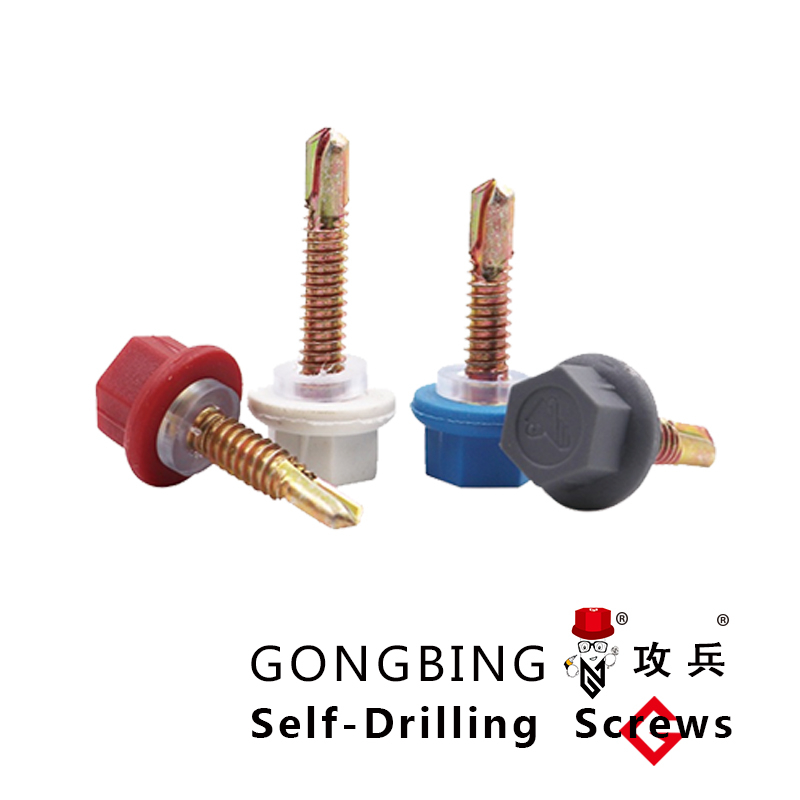Understanding the Importance of Bracing in Steel Building Design and Construction Techniques
Understanding Steel Building Bracing Essential for Structural Integrity
In the realm of construction, particularly in steel structures, bracing plays a crucial role in maintaining the structural integrity and stability of buildings. As urban areas continue to grow, the demand for steel buildings has risen significantly due to their strength, durability, and versatility. However, with this increase in construction, understanding the importance of bracing has become more essential than ever.
What is Steel Building Bracing?
Steel building bracing refers to the use of steel members strategically installed within a building's framework to provide resistance against various forces, especially lateral loads caused by wind, seismic activities, or other environmental factors. This lateral support is crucial because it helps prevent the structure from swaying excessively, twisting, or even collapsing under stress.
There are several types of bracing systems commonly employed in steel buildings, each with its unique characteristics and applications. The main types include
1. Diagonal Bracing This consists of diagonal members that connect opposite corners of a frame. The tension and compression forces act diagonally, effectively transferring loads through the framework and enhancing stability.
2. X-Bracing This system involves two diagonal braces that cross each other in an 'X' shape between columns and beams. X-bracing is particularly effective at providing stiffening against shear forces and is commonly used in high-rise buildings.
3. K-Bracing Similar to X-bracing, K-bracing has diagonal braces that extend from the column to mid-span between beams. This design offers a balance between stiffness and weight and is often utilized in tall structures.
4. Brace Frames These are specialized framing systems that incorporate braces at specific locations, providing localized stiffness to resist lateral loads. This can be particularly beneficial in irregularly shaped buildings.
Benefits of Steel Building Bracing
The inclusion of bracing systems in steel structures is not merely an afterthought; it is an essential aspect of engineering design that offers several benefits
- Enhanced Structural Stability Bracing systems significantly improve a building's overall stability, particularly against wind loads and seismic forces. This is vital in regions prone to earthquakes or hurricanes.
steel building bracing

- Cost-Effectiveness While the initial installation of bracing may add to construction costs, it can ultimately save money by preventing extensive damage during extreme weather events and reducing the need for costly repairs.
- Material Efficiency Bracing allows for the use of lighter materials without compromising safety. By redistributing loads effectively, engineers can minimize the quantity of steel required, which is both environmentally friendly and economically advantageous.
- Versatility in Design Bracing can be adapted to various architectural styles and functionality, allowing for creative and innovative design approaches in modern steel construction.
Code Compliance and Best Practices
It is essential for engineers and architects to comply with local building codes and regulations regarding bracing in steel structures. Thorough analysis, often using sophisticated modeling techniques, is crucial to ensure that the chosen bracing system will effectively support the expected loads.
In practice, it's important to consider several factors when designing a bracing system
- Building Height and Shape The height and architectural shape of the building significantly impact the choice of bracing. Taller buildings generally require more robust bracing systems.
- Location and Seismic Design Buildings in seismically active areas need specialized bracing designs to withstand potential earthquakes, often necessitating local code adherence for public safety.
- Integration with Other Structural Elements Effective bracing should be seamlessly integrated with other structural components of the building to maximize overall performance.
Conclusion
Steel building bracing is a vital component of structural engineering, ensuring safety and durability in modern construction. By incorporating effective bracing systems, engineers can design buildings that not only meet safety standards but also showcase architectural beauty and innovation. As construction practices evolve, the importance of understanding and implementing appropriate bracing strategies will continue to shape the future of steel building design, making them more resilient to environmental challenges.
-
Weatherproof Plastic Expansion Anchors for OutdoorNewsJun.06,2025
-
Sustainability in the Supply Chain: Eco-Friendly TEK Screws ProductionNewsJun.06,2025
-
Load-Bearing Capacity of External Insulation FixingsNewsJun.06,2025
-
Double Head Bolts: Enhancing Efficiency in Industrial MachineryNewsJun.06,2025
-
Corrosion Resistance in Chipboard Screws: Coatings for Wholesale DurabilityNewsJun.06,2025
-
Butterfly Toggle Bolts : Enhancing Structural ResilienceNewsJun.06,2025
